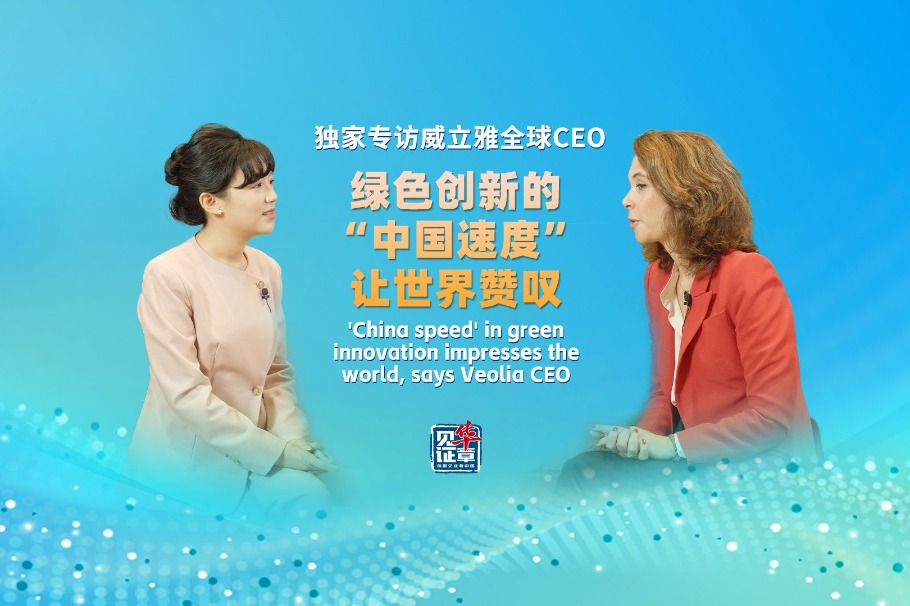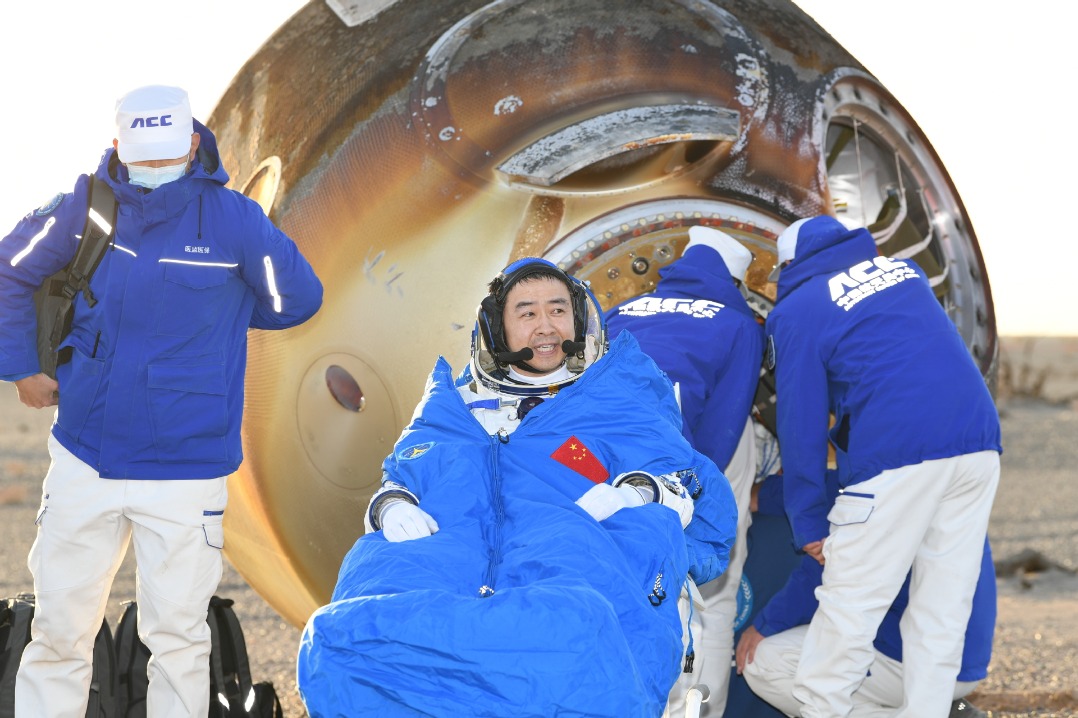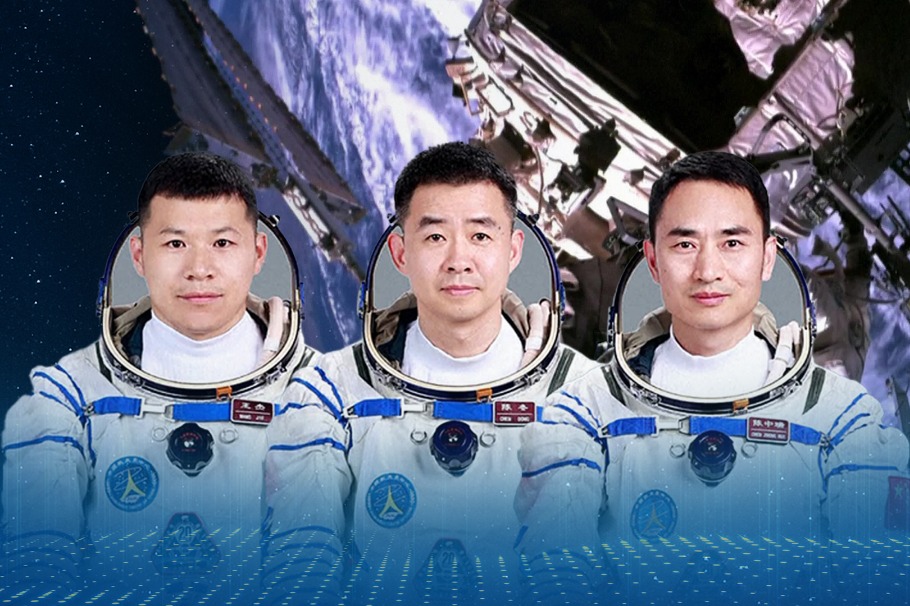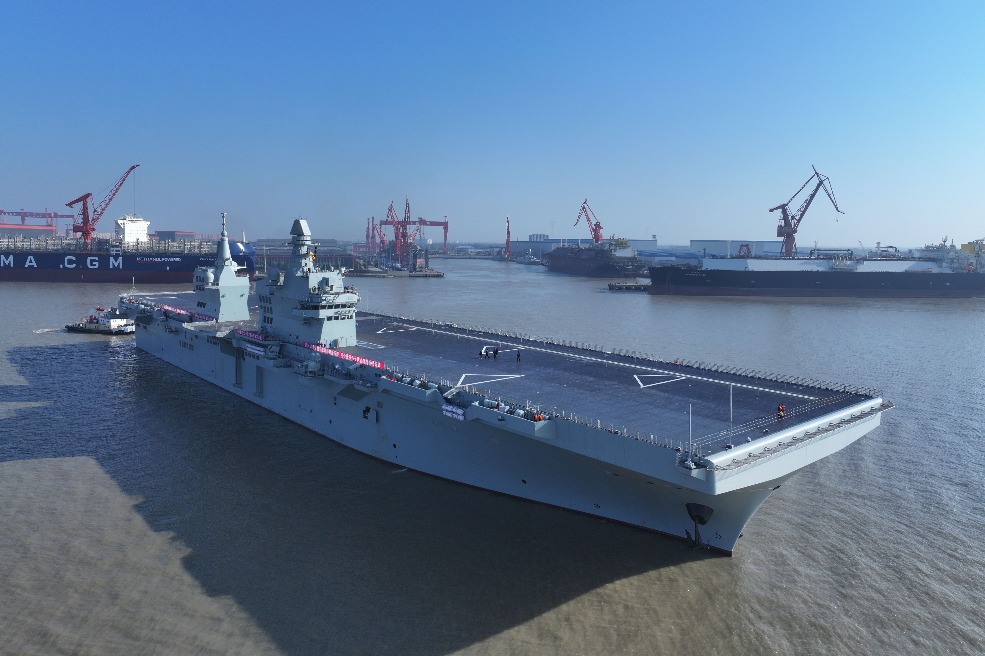China participates in global cooperation for unlimited, clean fusion energy


One such condition is extremely high temperatures. After a four-month experiment, EAST became the world's first facility in November 2018 to generate an electron temperature of over 100 million degrees Celsius in its core plasma, nearly seven times the temperature of the Sun's interior. This is a key step toward the test running of a fusion reactor.
"I was studying abroad in 1998 when EAST was under construction. When I mentioned EAST to my professor, he shook his head and said it was impossible for China to build it," said Song Yuntao, executive deputy director of the Institute of Plasma Physics of the Chinese Academy of Sciences (ASIPP), where EAST is based.
Fusion energy is one of the greatest frontiers of today's physics, and requires not only the top scientific research ability, but also massive experimental instruments.
Alain Becoulet, director of the Institute for Magnetic Fusion Research under the French Alternative Energies and Atomic Energy Commission, has been a long-term ASIPP partner.
Becoulet has visited Hefei more than 30 times to participate in various workshops, assessment groups, and later lab-to-lab negotiations and agreements. He has also paid a number of visits to the Southwestern Institute of Physics in Chengdu, southwest China's Sichuan Province, to encourage cooperation between Chinese and French labs.
























